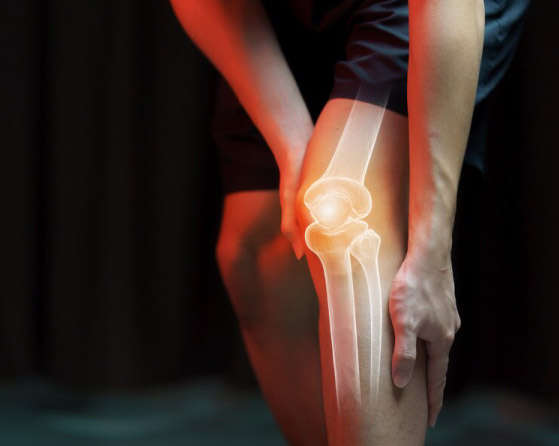Introduction
Osteoarthritis (OA) of the knee is a prevalent and debilitating condition that affects millions of people worldwide. Traditionally, surgical interventions like knee replacement have been the go-to option for advanced cases of OA. However, in recent years, regenerative medicine has emerged as a promising non-surgical approach for treating osteoarthritis of the knee. In this blog, we will explore the potential of regenerative medicine and focus on non-surgical treatment options to manage and potentially reverse the effects of OA.
Understanding Osteoarthritis and Its Impact
Osteoarthritis is a degenerative joint disease characterized by the gradual breakdown of cartilage in the knee joint. As the cartilage deteriorates, the bones may rub against each other, causing pain, stiffness, swelling, and decreased mobility. OA can significantly impact a person’s quality of life, limiting their ability to perform daily activities and adversely affecting overall well-being.
The Role of Regenerative Medicine
Regenerative medicine is an exciting field that aims to promote the body’s natural healing mechanisms to repair and regenerate damaged tissues. This approach involves using various biological materials, such as growth factors, stem cells, and platelet-rich plasma (PRP), to stimulate tissue repair and reduce inflammation. The use of regenerative medicine in treating OA knee offers a promising alternative to surgery, with the potential to improve joint function and alleviate pain.
Non-Surgical Treatment Options with Regenerative Medicine
Platelet-Rich Plasma (PRP) Therapy : PRP therapy involves the extraction and concentration of a patient’s blood platelets, which are rich in growth factors. The concentrated platelets are then injected into the knee joint, where they stimulate tissue repair and regeneration. PRP therapy can help reduce inflammation, improve cartilage health, and alleviate pain, promoting the body’s natural healing processes.
Stem Cell Therapy : Stem cell therapy utilizes the regenerative potential of mesenchymal stem cells (MSCs) derived from the patient’s own bone marrow or adipose tissue. These multipotent cells have the ability to differentiate into various cell types, including cartilage cells. When injected into the affected knee joint, stem cells can facilitate the repair and regeneration of damaged cartilage, potentially slowing down OA progression.
Hyaluronic Acid Injections : Hyaluronic acid is a naturally occurring substance in the synovial fluid surrounding the knee joint. In OA patients, the concentration of hyaluronic acid decreases, leading to reduced joint lubrication and increased friction. Non-surgical treatments involve injecting synthetic hyaluronic acid into the knee joint, providing lubrication and reducing pain and inflammation.
Prolotherapy : Prolotherapy, also known as proliferation therapy, involves the injection of irritant solutions or dextrose into the damaged ligaments and tendons around the knee joint. This stimulates localized inflammation and triggers the body’s natural healing response, promoting tissue repair and stability.
Physical Therapy and Lifestyle Modifications : While regenerative medicine offers promising results, combining it with physical therapy and lifestyle modifications can further enhance the outcomes. Physical therapy helps improve joint flexibility, strength, and stability, while weight management and low-impact exercises can reduce stress on the knee joint, alleviating pain and slowing OA progression.
At Alleviate
we are big believers of Regenerative Medicine in treating Osteoarthritis. Typically patients undergo a combination treatment of Prp, Viscosupplementation(Hyaluronic Acid) and Prolotherapy or Stem Cells with Platelet Rich Plasma and prolotherapy. Interventions are carried out with strict image guidance using a fluoroscope or a high definition ultrasound. This is coupled with a multidisciplinary rehabilitation protocol with inputs from Physiotherapists, Clinical Nutritionists and Clinical Psychologists.
Conclusion
Regenerative medicine has opened up new horizons in the treatment of osteoarthritis of the knee. With non-surgical approaches like PRP therapy, stem cell therapy, hyaluronic acid injections, and prolotherapy, patients now have effective alternatives to invasive surgical procedures. These innovative treatments have the potential to improve joint function, reduce pain, and enhance the overall quality of life for individuals suffering from OA. However, it is essential for patients to consult with qualified medical professionals to determine the most suitable treatment plan tailored to their specific condition. As research in regenerative medicine continues to evolve, we can look forward to a brighter future for individuals living with osteoarthritis.





